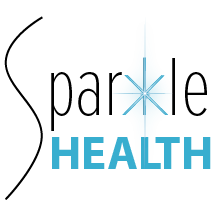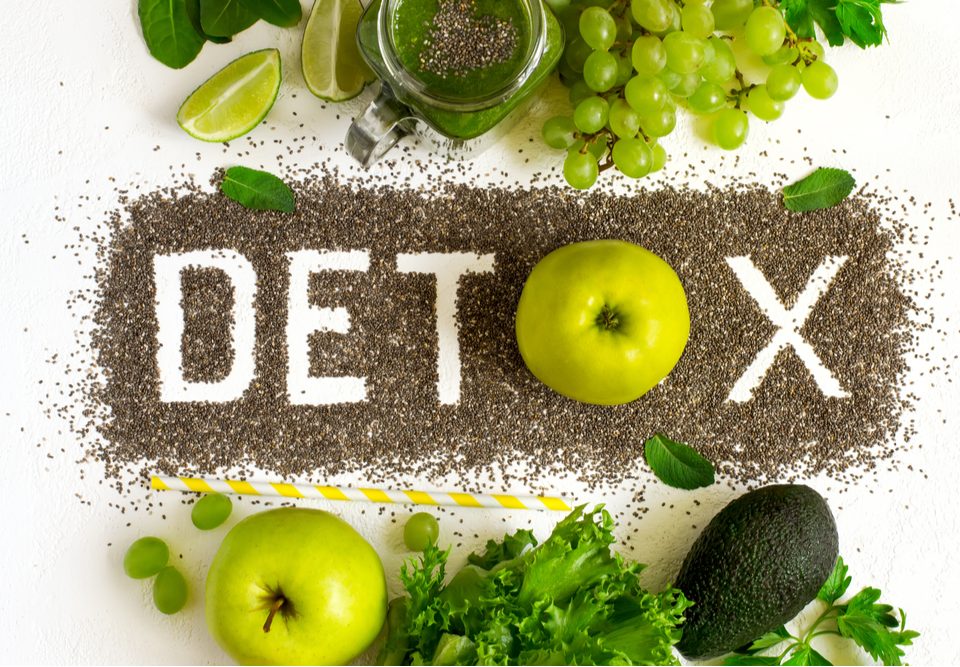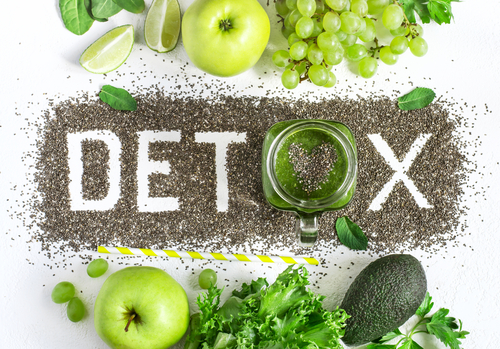More Links to Lead and Your Health
Chronic low level exposure to heavy metal toxins can contribute to health issues. An article in the journal,The Lance, revealed an association of low level lead exposure and health outcomes. This study looked at population health data to quantify how many deaths (from heart disease) were caused by chronic low level lead exposure. Lead exposure is a known risk factor for heart disease. It has been postulated that the risk is only at a certain threshold level, however this study looked at levels even lower than what has been previously felt to be significant. This study estimated that 412,000 American adults per year face a greater risk of dying from cardiovascular diseases because they were exposed to elevated levels of lead during their lifetimes. To give some perspective, the impact of deaths from smoking is estimated at 480,000 per year. What is even more interesting is that 90% of the subjects had some level of lead in their system (suggesting current exposure). This study also noted association with heart disease deaths as well as all causes of mortality and the risk was greatest in those in the highest lead levels.
There is no doubt in my mind that we all have been exposed to metal toxins, including lead, in one way or another throughout our lifetime. Having tested many people through urine, and blood and even with a device that uses photometry, often lead pops up as being part of the total body toxic burden. Whatever our body is not able to eliminate, it stores in our tissue. That heavy metal toxins in tissue creates problems with the cardiovascular system and our cellular energy production in general. One of the ways in functional medicine to treat chronic toxin exposures such as lead is to avoid exposures in the first place and to enhance elimination of toxins.
Where is this exposure coming from?
FOOD AND WATER Unfortunately, lead in our water supply still occurs. Have your water checked to make sure there is no detectable lead in the water you are drinking, cooking with and bathing in. Lead was used as a pesticide in the 1900s, was also in gasoline and paint and it is not easily broken down so can still be found in current water and food supply. Pipes that the water travels in to get to our faucets can also be an issue. Food sources can include grains,produce and milk, wild game if lead bullets used.
COSMETICS Check your cosmetics, there can be lead in some of the cosmetics used on a daily basis particularly lipstick. Check your favorite brands of cosmetics on the consumer guide put out by the environmental working group (www.ewg.org).
AMMUNITION Beware of shooting ranges. I have encountered patients who have appreciable levels of lead in their blood from practicing at a shooting range secondary to lead in ammunition. Hunters and military are also at risk.
Improve Elimination
Minimizing exposure by avoiding known sources is important. There are also ways to enhance our body’s ability to eliminate lead that has been stored in tissue over time as well. As a functional medicine doctor, I often use natural binders and sometimes even pharmaceutical chelating agents to support the detoxification lead and other heavy metals from the body safely. I think that it is nearly impossible not to be exposed over the course of a lifetime, however we can reduce this and prevent biological impact by paying attention to detoxification systems in our body.
References:
1.Low-level lead exposure and mortality in US adults: a population-based cohort study Lanphear, Bruce P et al.The Lancet Public Health
2. www.ewg,org
Interested in this topic and more? Sign up for our next event, Ladies Night with Anika Skincare
We are going to explore skincare from the inside and out and sample toxin free skincare products!
Ladies Night Skincare Sign Up






2 Comments
Have you utilized TXRF as a fast method to measure low level metals? https://www.bruker.com/products/x-ray-diffraction-and-elemental-analysis/micro-xrf-and-txrf/s2-picofox/overview.html
I have not personally used TXRF but thank you for the information! The clinical applications are interesting. There is clinical utility if it could sample human “tissue”. Hair is not reliable, urine and blood are not the best unless using provocation with a chelating agent first. The problem is that what metals are detected in hair, urine and blood are not necessarily what is stored in tissue. Most people are not willing to give up some tissue for screening type testing. There is a company that uses photometry (Oligoscan) that measures tissue, would love to see some validation for that device. Thank you! This has spurred some interesting dinner conversation with my husband who has been in the XRF industry for many years.